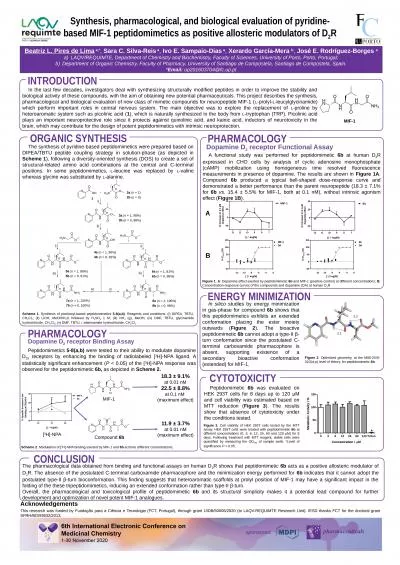PPT-Interdisciplinary collaboration on O-MIF
Author : giovanna-bartolotta | Published Date : 2016-10-23
University of California San Diego Department of Chemistry and Biochemistry Gerardo Dominguez Mark Thiemens Why Oxygen Foundations Foundations in Equilibrium Thermodynamics
Presentation Embed Code
Download Presentation
Download Presentation The PPT/PDF document "Interdisciplinary collaboration on O-MIF" is the property of its rightful owner. Permission is granted to download and print the materials on this website for personal, non-commercial use only, and to display it on your personal computer provided you do not modify the materials and that you retain all copyright notices contained in the materials. By downloading content from our website, you accept the terms of this agreement.
Interdisciplinary collaboration on O-MIF: Transcript
Download Rules Of Document
"Interdisciplinary collaboration on O-MIF"The content belongs to its owner. You may download and print it for personal use, without modification, and keep all copyright notices. By downloading, you agree to these terms.
Related Documents














